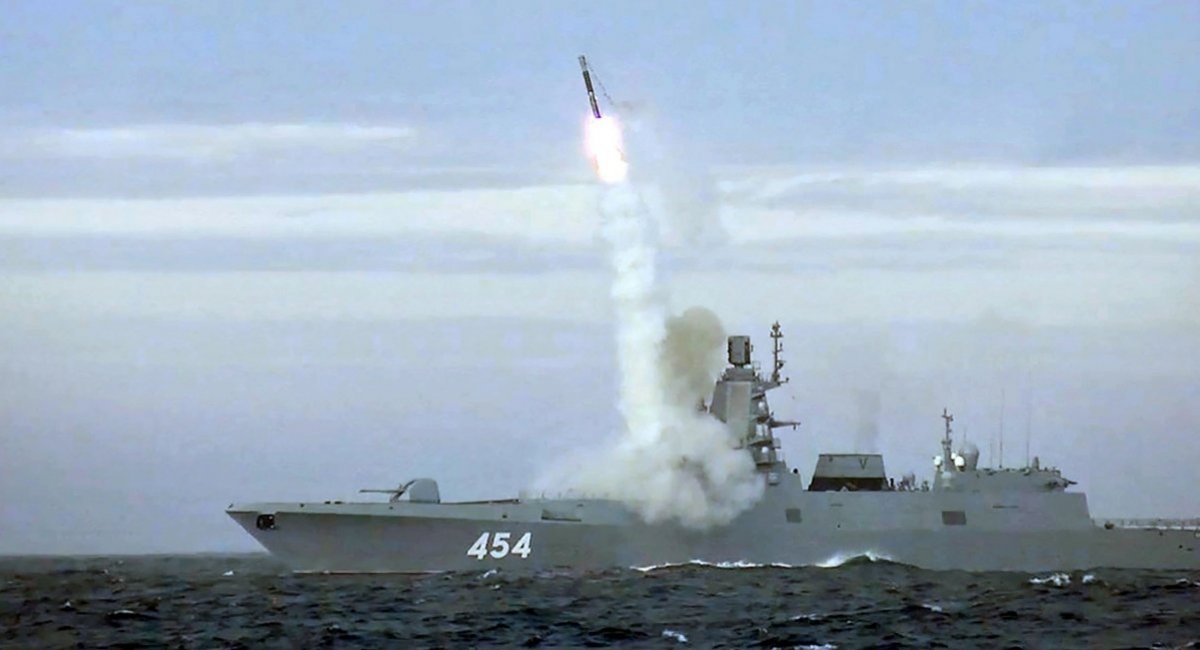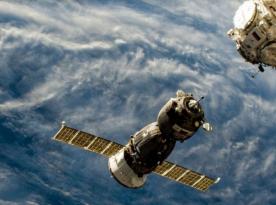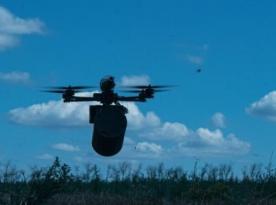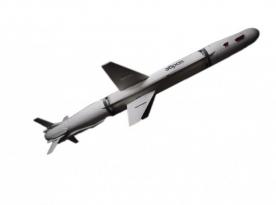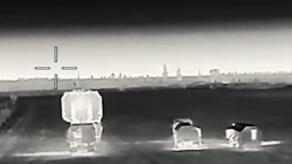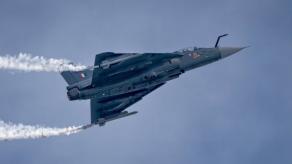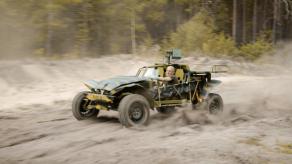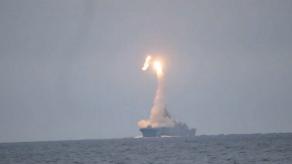While the russian federation has used almost its entire arsenal of various weapons against Ukraine, including Iranian Shahed-type drones and even an alleged attack with ballistic missiles from North Korea, one missile that hasn't been deployed yet is the 3M22 Zircon.
The russian media and authorities hail Zircon as a "hypersonic" cruise missile targeting both ships and land-based objects. It can be carried and launched by submarines or ships with universal UKSK 3S14 missile launchers, compatible with Oniks and Kalibr missiles, all previously used against Ukraine. Then why has Zircon never attacked Ukraine so far?
Read more: What Are the Real Performance Characteristics of russian Zircon Hypersonic Missile They Try to Intimidate the USA With
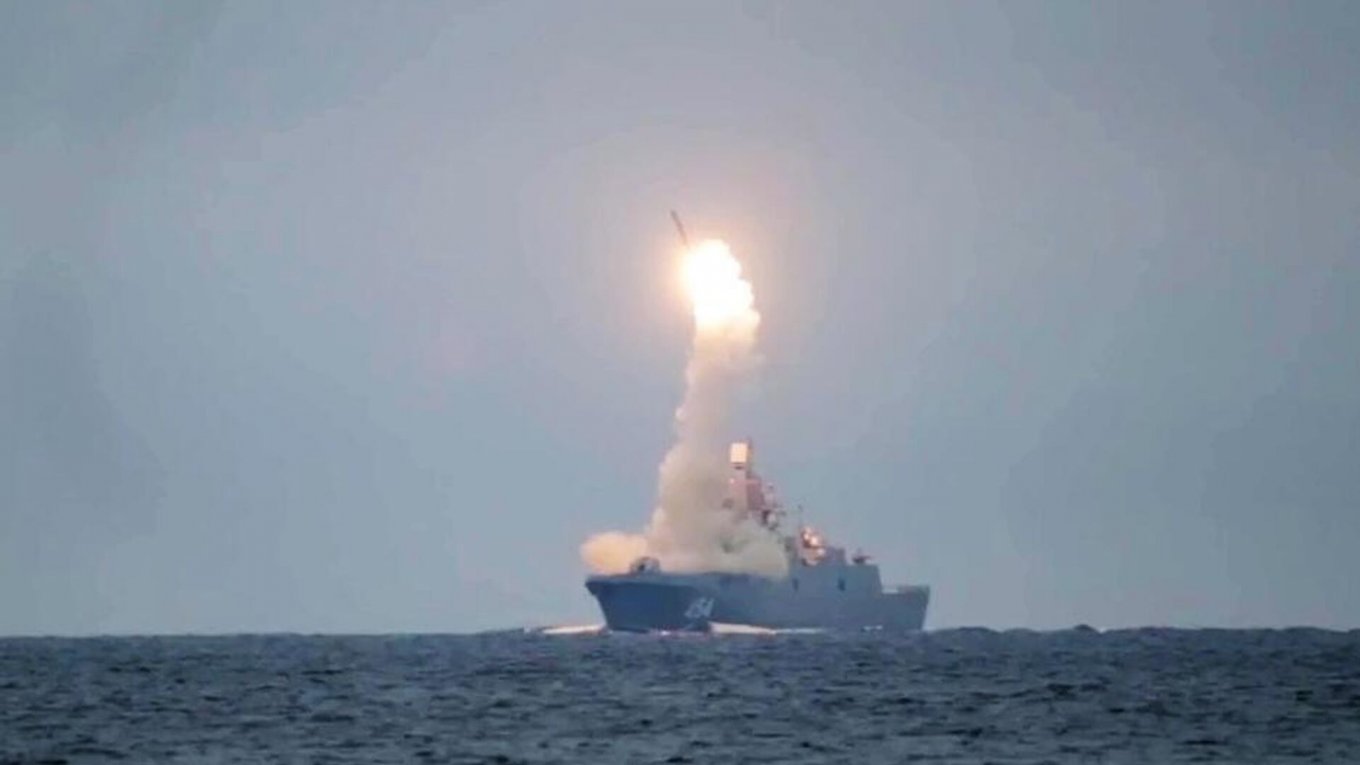
To begin with, let's define the capabilities of this missile. The publicly stated specifications of the 3M22 Zircon have varied over time and depending on the source. Initially, the russian Ministry of Defense mentioned a range of up to 400 km, a flight speed of up to Mach 6, and a warhead weight of 300 kg. Later, however, russian president Vladimir Putin claimed a range of 1,000 km at a flight speed of up to Mach 9. The missile was officially accepted into service in June 2022 with immediate start of mass production.
Currently, the Admiral Gorshkov frigate (Project 22350) and the K-560 Severodvinsk nuclear submarine (Project 885 Yasen) are the only known carriers of the Zircon missile. These platforms required additional adaptations to accommodate Zircon. In other words, just having UKSK 3S14 launch silos is not enough.
Both vessels are part of the Northern Fleet of the russian Navy. Therefore, although these missiles are technically present, the ships cannot get in position for attacks on Ukraine — Turkiye does not let any warships pass through the Bosphorus Strait. Nonetheless, it doesn't mean Zircon cannot be launched another way.
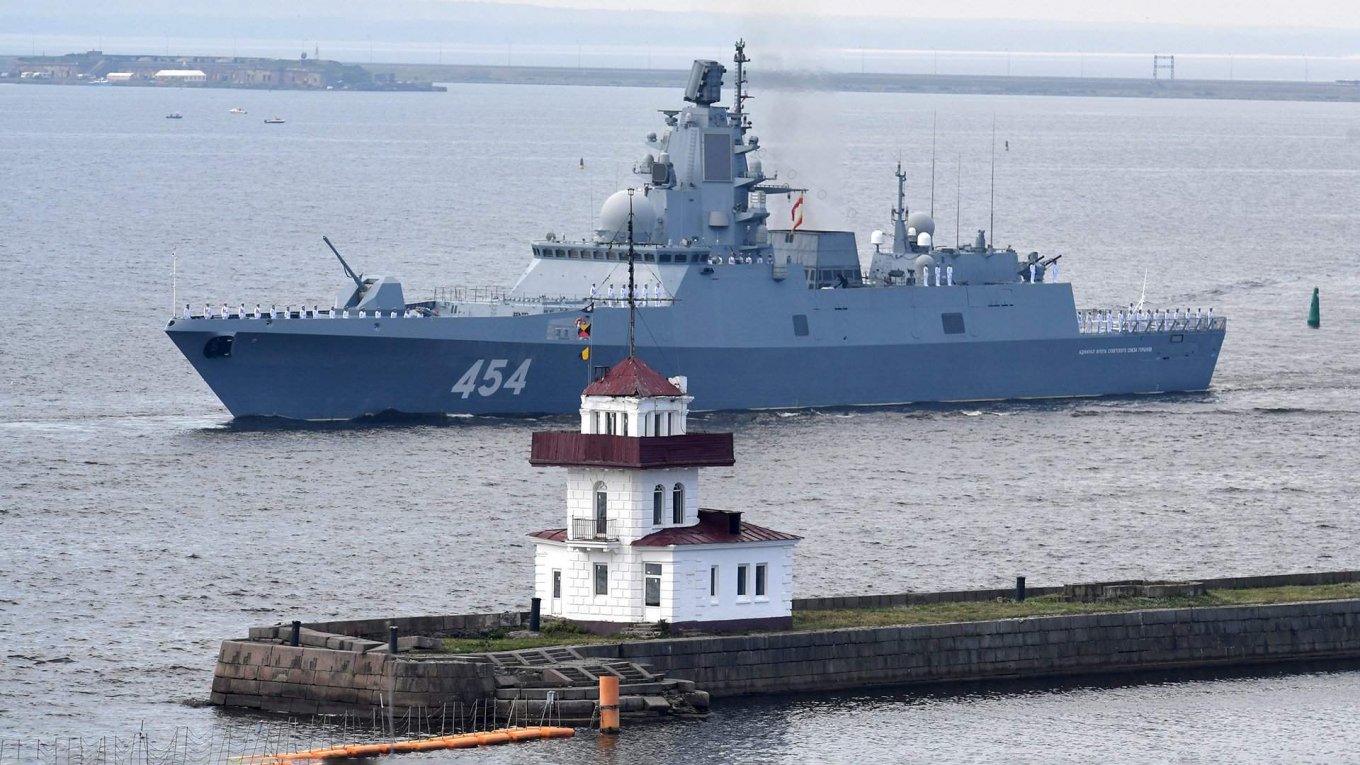
In November 2022, the russian state-controlled TASS media agency released a report about a mobile ground launcher that could fire Oniks and Zircon missiles. The exact name of the missile system was not provided, but it was mentioned to be capable of carrying two missiles at a time, similar to the Bastion coastal defense system.
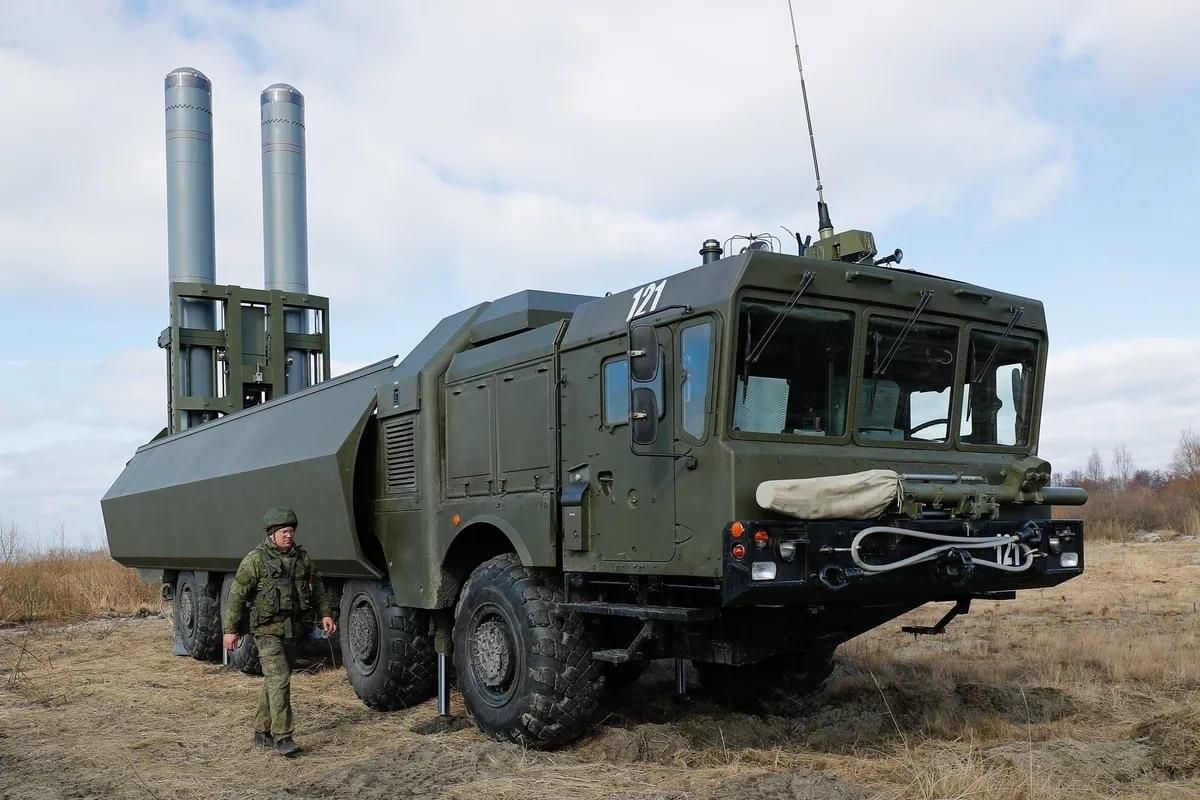
On top of that, in 2016, russian-based NPO Mashinostroyeniya design bureau was planning to install a stationary version of the Bastion system (known as Bastion-S or K-300S) in Crimea. Announced in 2016, the project was scheduled for completion by 2020. Media back then suggested that the launcher would be installed into the so-called Utyos coastal missile system, also known as Object-100 or Sotka.
The latter is a land-based, or rather, an underground missile silo initially designed to launch 3M44 Progress anti-ship missiles. The facility was commissioned in 1971 and put back into operation in 2016.
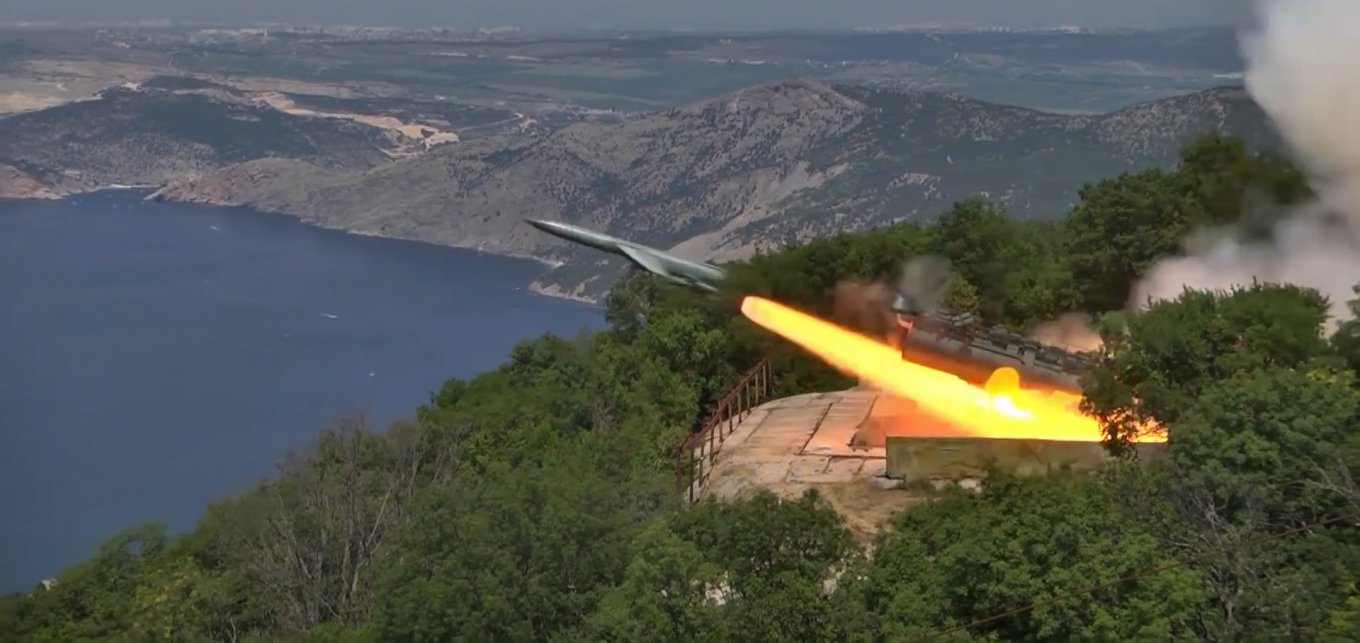
Accordingly, by 2024 russia might have developed either a mobile or a stationary launcher adapted for Zircon cruise missiles, or both.
Moreover, Zircon's threat is less predictable than, for example, Kh-47 Kinzhal, another russian "hypersonic" missile. Kinzhal's carrier, the MiG-31K aircraft can be spotted at takeoff, sparing the adversary some time to prepare for a potential attack.
On the flip side, the Zircon, like the Kinzhal, only reaches hypersonic speeds during the midcourse stage of its flight. By the time it enters the terminal stage, pointing straight on the target, the travel speed is much lower, making interception possible by air defense systems with anti-missile capabilities, such as Patriot or SAMP/T.
On top of that, Kh-47 Kinzhal and 3M22 Zircon are expensive missiles and their production commenced just recently. In November 2022, only "several dozen" missiles were ordered by 2023.
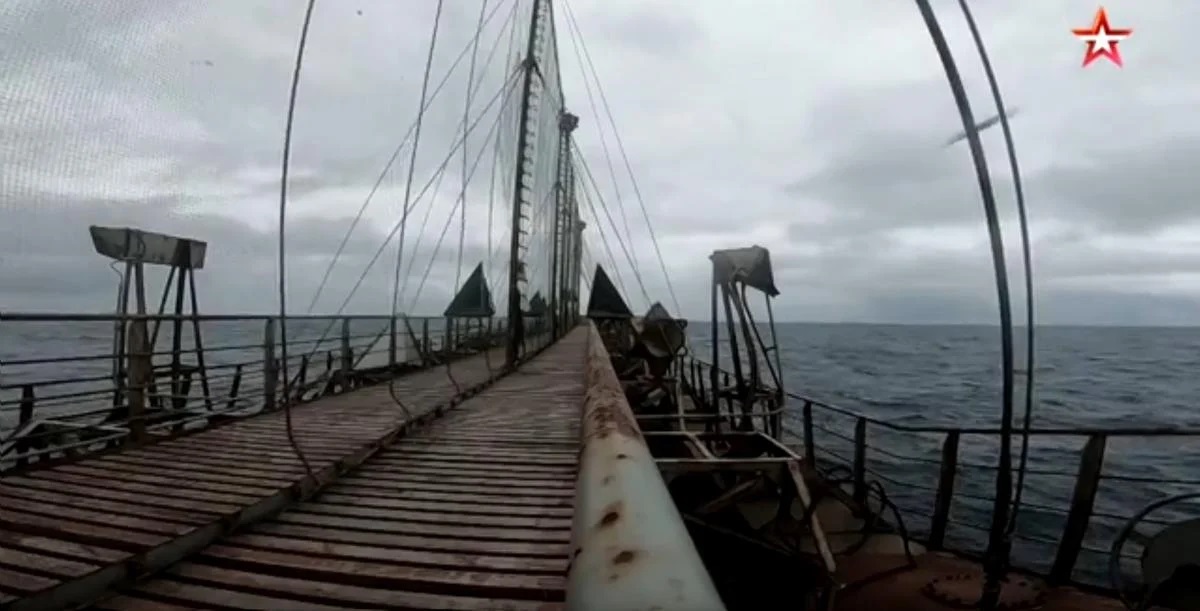
Read more: KN-23, KN-24, Scud: russia Received Ballistic Missiles From North Korea and Used Them to Strike Ukraine



